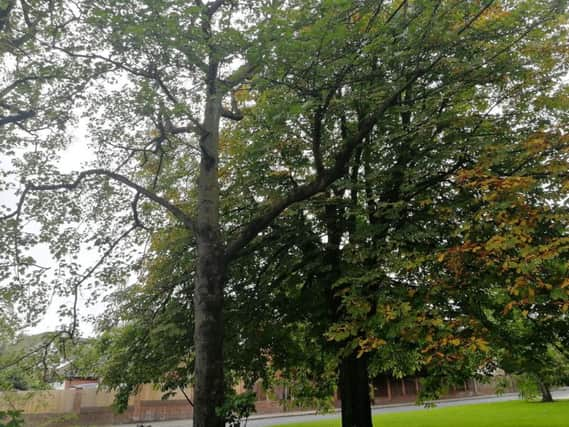Road inspectors to turn their attention to dangerous trees


The aim is to build a database of trees which require regular inspection, particularly those where there is a likelihood of branches - or the entire tree - falling to the ground.
Those Lancashire County Council staff who already inspect roads and pavements will undergo a course to help identify everything from dead bark and root damage to ‘bleeding’ trunks and cavities.
Advertisement
Hide AdAdvertisement
Hide AdA report presented to cabinet members on the authority said that the new regime would not - and did have to - guarantee that every tree in the county is safe. However, the council is obliged to “to take such care as could be expected of a reasonable and prudent tree owner”.
Inspections will also be carried out on any trees located on private land, which could nevertheless be a danger to a nearby highway - and those responsible for them will be expected to act.
Member for highways, Keith Iddon said: “We will write to the owner of the tree or hedge, give a [timescale] of around a fortnight to do the work - and if [they do not], we will do the work and bill them for it.”
Deputy Labour opposition leader, John Fillis, wanted to know whether there would be targets for fixing trees as there are with the most serious potholes.
Advertisement
Hide AdAdvertisement
Hide AdCouncil leader Geoff Driver said the speed of remedial work would be depend on the severity of the issue. However, he asked officers to provide an indication of how long it will take to respond to initial reports of a problem.
The cabinet report also stressed that there was no plan to routinely fell or prune trees.
“The county council supports the view that trees have a social and environmental value and, where reasonably practical, should be retained and allowed to complete their life cycle with minimal management interventions,” it said.
Trees will be risk assessed based on their condition and the volume of traffic on the road where they are located. Roads regularly used by vulnerable groups and emergency service vehicles will be given a higher priority.
Trees in urban locations will usually be inspected by officers on foot, while those in rural areas will be observed from a slow-moving vehicle.